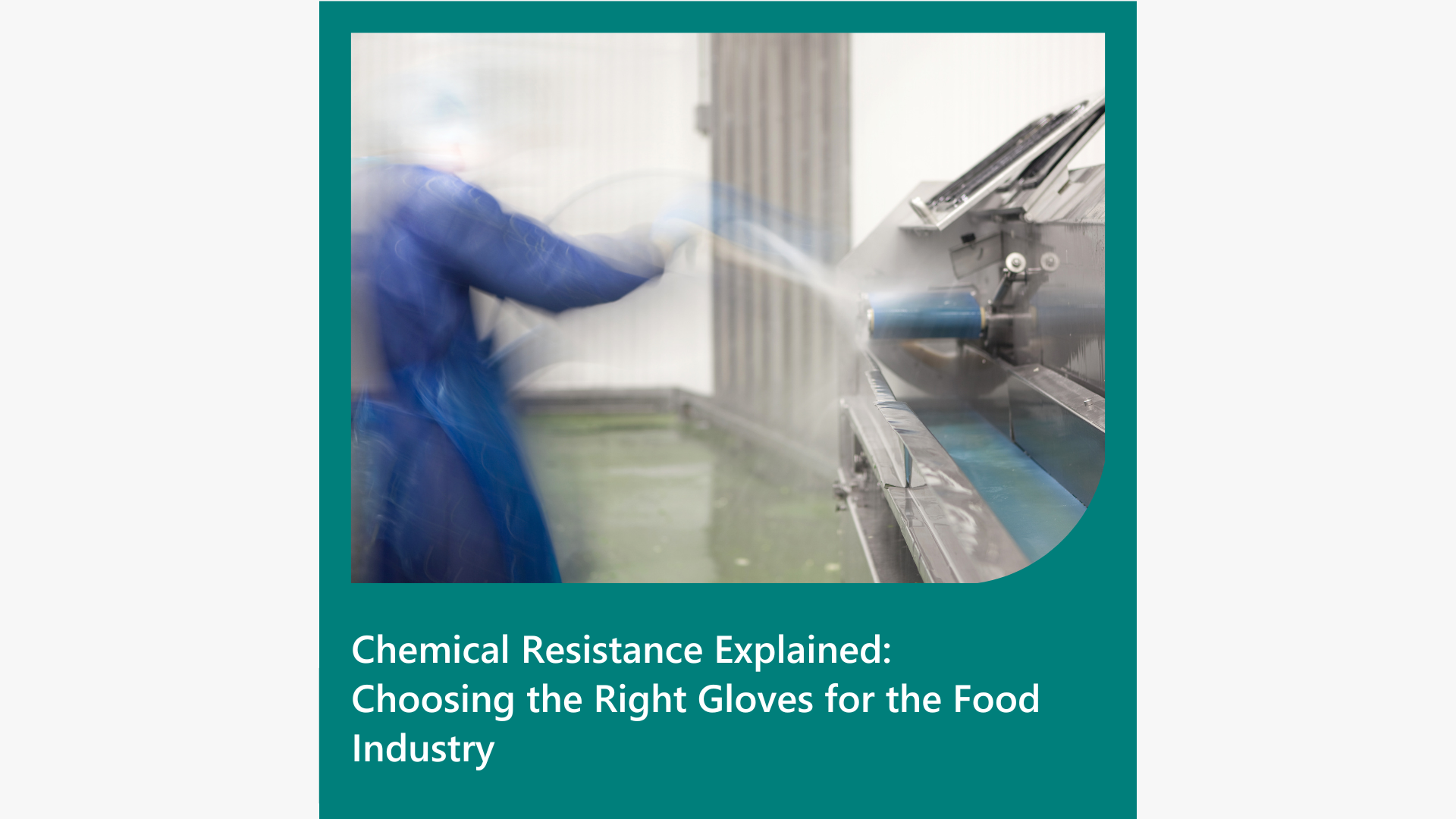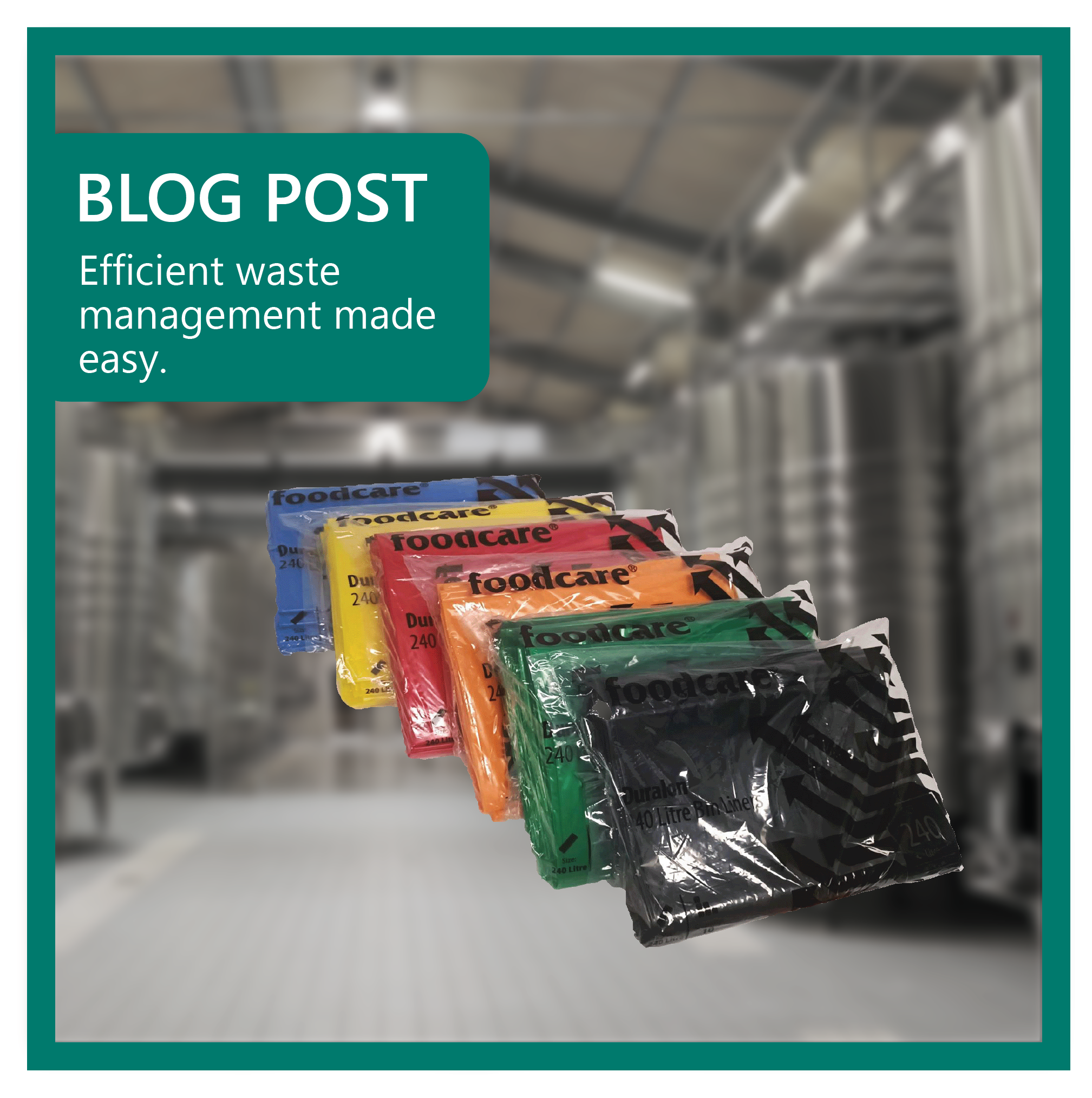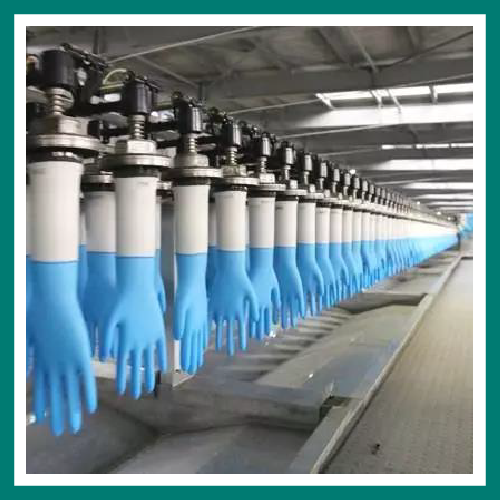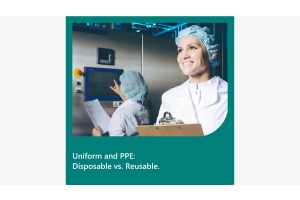Procurement
-
Posted: April 22, 2025Read more »
Selecting the right protective gloves is crucial when working in environments with thermal hazards. In Australia, the standard governing gloves for thermal protection is AS/NZS 2161.4:1999, which aligns with the European EN 407 standard.
This standard evaluates gloves based on six specific thermal risks, each rated on a scale from 0 to 4, with higher numbers indicating better protection.
Each glove tested under this standard will display a pictogram followed by a six-digit code, with each digit representing the glove's performance level in the corresponding category.
For example, a glove marked with "41234X" indicates varying levels of protection across the six categories, with "X" signifying that the glove was not tested for the sixth category.
For instance, this multi-purpose Maxi-safe gauntlet glove, DGH-1154 -
Posted: November 20, 2024Read more »
In the food industry, safety and hygiene are paramount. From handling acidic ingredients to cleaning with strong sanitizers, workers frequently encounter chemicals that could harm their skin or compromise food safety. This is where chemical-resistant gloves come into play, offering a vital layer of protection.
Understanding chemical resistance is essential for selecting gloves that balance safety, durability, and compliance. Here's what you need to know:
What is Chemical Resistance?Chemical resistance refers to a material's ability to withstand exposure to harmful substances without degradation. In gloves, it ensures the material can protect against specific chemicals without cracking, swelling, or permeating. Properly chosen gloves act as a barrier, preventing skin irritation, burns, or chemical absorption.
Importance of Chemical Resistance in the Food Industry -
Posted: May 30, 2024Read more »
The terms "X-ray detectable" and "metal detectable" refer to two different types of detection technologies used primarily in the food, pharmaceutical, and manufacturing industries to identify and eliminate contaminants. Here's an overview of the differences:
X-ray Detectable
Detection Technology: Uses X-ray imaging to detect contaminants.
Types of Contaminants Detected: Capable of identifying a wide range of contaminants, including metals, glass, stones, bones, certain plastics, and dense rubber compounds.
Detection Method: X-rays pass through the product, and the system detects differences in density between the product and potential contaminants.
Suitability: Ideal for detecting non-metallic contaminants and for products packaged in metalised films or aluminium foil.
Precision: Generally more precise in detecting small or -
Posted: March 28, 2024Categories: ProcurementRead more »
Consolidation.
Anyone familiar with purchasing consumables would understand the complexities of ensuring quality products are always available before they are required.
Complexities include the stress of managing multiple suppliers, invoices, deliveries, and backorders, as well as monitoring stock levels whilst also balancing the demand for cost efficiencies with the high-quality standards food processing mandates.
The solution? Consolidation.
Many Corporations use their buying power to navigate contracts and tenders. Consolidation
-
Posted: February 15, 2024Read more »
The choice of glove for your production area is profuse. Commonly the thickness, colour, and material type are considered to suit your task and ingredients. But have you considered your staff's comfort?
For most staff, gloves are a non-negotiable part of their uniform. For others, however, gloves cause serious discomfort.
The most frequent complaint of reaction to gloves occurs with natural latex gloves. This allergic reaction can include rashes, blisters, and itchiness, or in severe cases – anaphylaxis.
While a rash may seem a minor complaint, reactions often intensify with continued use. There have also been situations where allergic reactions have developed over -
Posted: January 17, 2024Categories: ProcurementRead more »
The benefit of an account : pricing.
At Foodcare, we value our partnership with our customers belonging to the food and beverage manufacturing industry. As our products and services are dedicated to this industry alone, we offer special pricing across our full range to anyone belonging to the industry. For our longer-standing customers, further price deductions may be arranged with their sales rep.
So, how do you access your correct pricing?
Simply log into your account on our website or create one if you haven’t yet. This will automatically sync to your correct pricing. (New accounts may take a standard business day to be activated.)
If you are not logged in, you will not be accessing our trade pricing, or other agreed upon pricing.
Furthermore, pricing on products varies from time to time. To ensure you have current pricing, -
Posted: September 26, 2023Read more »
What's different about food processing Footwear?
The intense focus on hygiene within the food industry necessitates specialized footwear. The conditions in which employees work and the prolonged periods they spend on their feet dictate the need for high-quality boots.
Selecting the appropriate footwear offers numerous benefits, such as increased employee satisfaction, reduced slip-related injuries and complaints, enhanced productivity, and minimized hygiene-related risks.
In food processing, the primary types of footwear are gumboots and leather shoes. The attributes that make these shoes suitable for the food industry include:
Leather Footwear Considerations:
Elastic vs. laced designs play a crucial role. Some facilities prohibit shoelaces due to the contamination risk they pose, especially when walkways or platforms exist above production lines.
-
Posted: September 15, 2023Read more »
Where do I start with colour coding?
What are the non-negotiable contamination risks you need to prevent? It’s these areas that are ideal to begin managing using colour. There’s no right or wrong way to do this, and colour coding is fully customisable to your needs.
Outlined below are some of the common colour coding practices used within the industry. If you are interested in how and why it works, click through to this blog where we outline some tips on implementing it.
Allergen management:
Allergen contamination is a universal concern within the food processing industry, as the consequence of this occurring is -
Posted: April 26, 2023Read more »
Could your waste be of value?
Efficiency and time are crucial factors for the success of any production site, to meet efficiency standards while reducing environmental impact. Although waste is an inevitable by-product of production, utilizing coloured bin liners allows for more efficient management and disposal of waste.
How can coloured bin liners help?
Colour coding has proven successful throughout the industry, as its quick visual recognition allows employees to speedily distinguish between ingredients. This prevents any potential health hazards such as cross-contamination. Coloured bin liners could be utilised in this same way. For example, to segregate ingredients that can be reused, recycled, composted, or that are potentially harmful.
-
Posted: January 18, 2021Categories: ProcurementRead more »
Worldwide demand for nitrile disposable gloves continues to be 20-25% more than total available supply:
- Medical usage has increased substantially with covid-19,and will continue to increase with the roll-out of vaccines.
- Governments have increased stockpiling to avoid future supply issues.
- Supply has reduced due to factory lockdowns and reduced labour force (social distancing in factories).
- Pre-covid-19, factories typically worked on 3-5 month lead times to ensure full production – this is now 12-24 months at best, for any new non-scheduled orders.
Why cannot factories just produce more gloves?
- To produce gloves cost effectively, the manufacturing process is quite involved, and requires substantial equipment including ceramic glove formers, dip tanks, conveyor lines, cooker ovens, and packing lines.
- Various companies are building new production lines and















